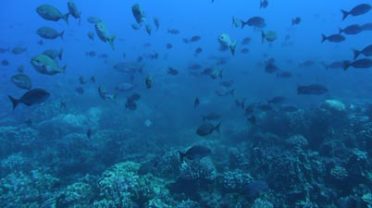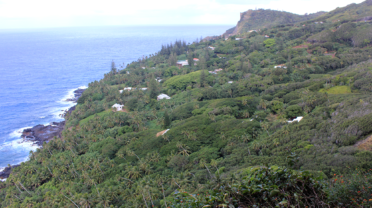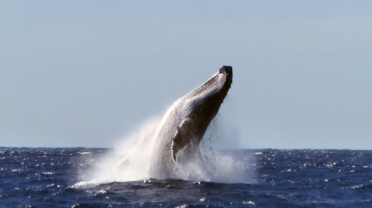Henderson Island’s unique biodiversity is currently under threat due to the presence of introduced Pacific rats. Since 2007 the Royal Society for the Protection of Birds (RSPB) has been working with the Government of the Pitcairn Islands to restore the island back to its natural condition.
Henderson Island is a small raised coral atoll lying in the middle of the South Pacific. It is one of the UK’s 14 UK Overseas Territories, and one of the remotest places on Earth. It is also a UNESCO World Heritage Site. Once home to millions of seabirds and with several endemic species, it is a rare example of a near pristine island ecosystem of immense value to wildlife. After years of preparation, in 2011 an expedition was launched to attempt to clear the island of introduced Pacific rats that have devastated populations of breeding seabirds and landbirds on the island. This is the story of how this ground-breaking conservation work was achieved.
The Henderson Island Restoration Project is a partnership between the RSPB and the Pitcairn Islands Government. It is supported by Dr. Mike Brooke, University of Cambridge, The Royal Zoological Society of Scotland, Forest & Bird, BirdLife International, Island Conservation, Eco-Oceania pty, Tamarack Ventures: Pathfinder Aviation and Heli-Otago.
Rats are negatively affecting many native species on Henderson Island. Evidence from fieldwork has shown that 95% of petrel chicks are killed within just one week of hatching (over 25,000 chicks a year). Since petrels lay only one egg in a clutch, this level of predation is simply unsustainable.
Seabird numbers have dropped from an estimated 5 million pairs before rats arrived to just 40,000 pairs today, and the Henderson petrel is being driven towards extinction. The rats are also likely to be reducing populations of marine turtles and other wildlife on Henderson, and suppressing the vulnerable populations of Henderson fruit-dove, lorikeet and rail.
In 2008, an RSPB-commissioned field study established that eradicating rats from Henderson Island would be technically feasible. In August 2011, the RSPB and the Government of the Pitcairn Islands undertook a rat eradication operation on Henderson, one of the largest islands ever targeted for rat eradication. Unfortunately, this endeavour failed. During March 2012, seven months after the operation, a member of a National Geographic expedition to the Pitcairn Islands briefly observed and filmed a rat on Henderson Island. A rapid response team was assembled by the RSPB, which confirmed in May 2012 that rats were indeed still present.
Following the eradication attempt, more research is needed to ensure that any future eradication attempt would be feasible and successful before the RSPB can begin planning and fundraising.


 中文
中文 MY
MY ID
ID

